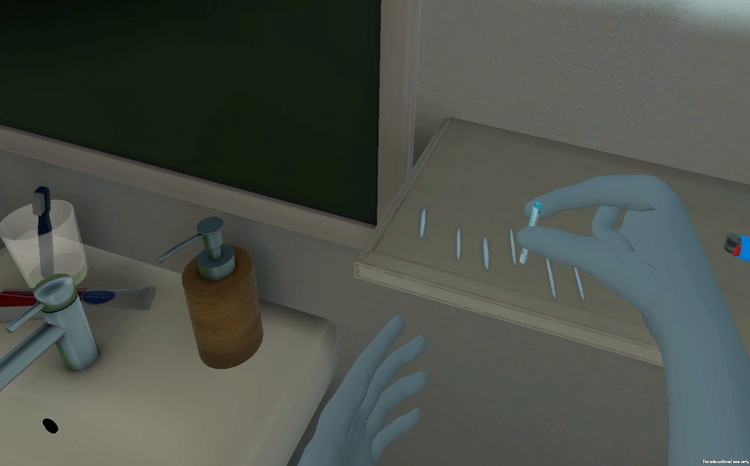DH Presents Blueprint for IT Transformation
- 21 March 2002
A plan for transforming NHS IT is on its way to the Treasury this week. If all goes well, the resources needed to implement its proposals will come on stream in April 2003 and the government wants the new developments in place by the end of 2005.
The plan was announced at HC 2002 in Harrogate by the Department of Health’s director of research, analysis and information, Professor Sir John Pattison.
He said the plan was based on four elements: infrastructure, electronic records, booked admissions and e-prescribing.
“There is not just an acceptance that this should be done but that it is something people want done rapidly to show we can take a transforming step in the use of IT in the NHS,” said Sir John.
He said the developments would require improved partnerships with the private sector. A great deal of the expertise and capacity needed was out there in the HC 2002 exhibition hall.
But the crunch for IT vendors came later in the speech with Sir John’s announcement that the plan was to procure the new system and services from “limited lists of accredited suppliers.”
“I know that will raise some debate and I don’t want to pretend that we have thought through all the consequences of that,” he said, inviting comments on the idea.
A single national procurement for each of the key elements appears to be off the agenda. Sir John said, “There are very few of these in the NHS, maybe payroll is the only one.”
Sir John said the procurement system would be streamlined, telling the audience that the current system “drives us mad in the same way as it does you.” He said they hoped to have devised and gone through some of the new procurement processes so that implementation could start on 1 April 2003.
The speech provided a fascinating glimpse into the background to the dramatic announcement. Action started just over a month ago when, as E-Health Insider reported, NHS IT was the subject of a seminar at 10 Downing Street chaired by the Prime Minister.
Three factors seem to have been responsible for taking the subject up the priorities:
• a general awareness of IT’s power transform, streamline and update government services;
• the Wanless report’s statements about NHS IT spending being inadequate in comparison both to other health systems and other sectors; and
• the fact that NHS IT is not dogged with the staffing capacity problems that hamper other ambitions in healthcare. In other words IT can be improved more rapidly than services that require more physiotherapists, nurses and doctors.
Sir John described the conversation at the seminar about time scales. The DH team was asked how long it would take to put the four elements in place.
“We swallowed hard and said ‘three years’.” A tighter time scale was demanded and Sir John said that, in the end, they agreed on two years and nine months.
It’s a tight timescale for the NHS – and an even tighter one for a government that wants to be able to impress the electorate with visible differences in the NHS by the next election.




